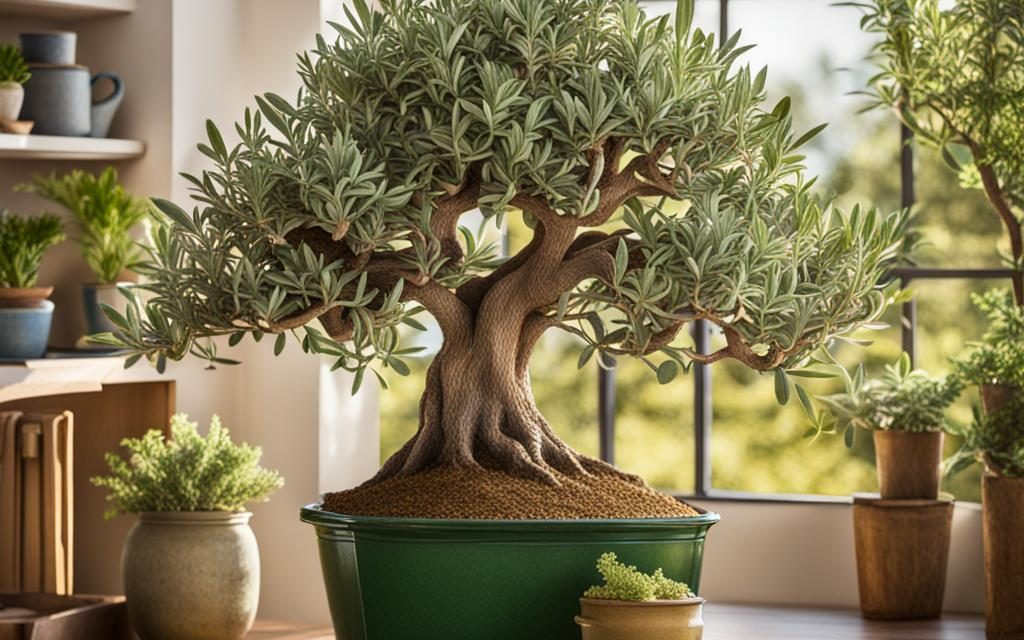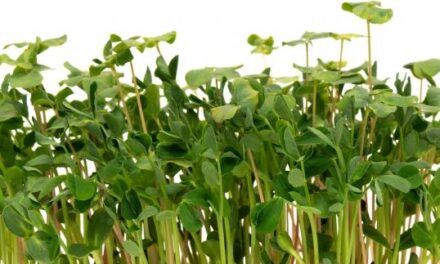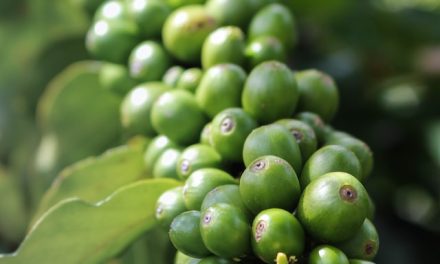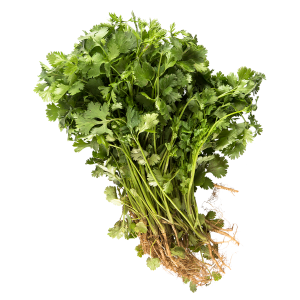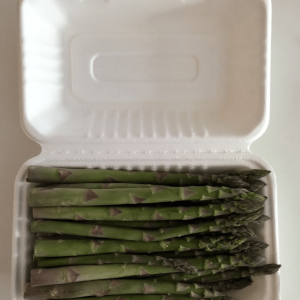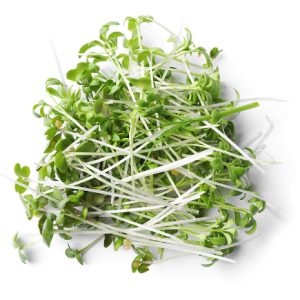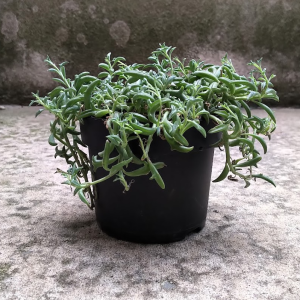Olive trees (Olea europaea) are celebrated not only for their delicious fruits and the oil they produce but also as symbols of peace and longevity. Native to the Mediterranean region, these resilient trees can adapt to various environments, making them a favored choice for both outdoor and indoor gardening enthusiasts. When cultivated indoors, olive trees require specific care to flourish. This guide provides essential advice for nurturing your indoor olive plant, covering everything from the right soil mix and watering routine to pruning and dealing with pests.
Caring for Your Indoor Olive Tree
Selecting the Perfect Spot:
- Light Requirements: Olive trees need plenty of sunlight, at least six hours of direct light daily. Place your tree near a south-facing window to ensure it gets enough sun. If natural light is insufficient, especially during winter, consider supplementing with a grow light.
- Ideal Soil: Use a well-draining potting mix, ideally one formulated for cacti and succulents, or create your own mix with equal parts potting soil, coarse sand, and perlite. This ensures proper drainage and averts root rot.
Watering Your Indoor Olive Tree
- Watering Routine: Water your tree when the top inch of soil is dry, typically once a week, but adjust according to your home’s humidity and temperature. Olive trees prefer to be on the drier side, so it’s crucial to avoid overwatering.
- Moisture Monitoring: Overwatering is a common issue with indoor olive trees. Use a moisture meter or your finger to check the soil’s moisture level before watering. Allow the soil to dry out somewhat between watering sessions.
Feeding Your Olive Tree
- Fertilization Needs: Feed your olive tree with a balanced, slow-release fertilizer in early spring and then again in mid-summer to encourage healthy growth. Avoid fertilizers high in nitrogen, which can lead to lush foliage at the expense of fruit production.
- Organic Options: Organic amendments like compost or well-rotted manure can be used sparingly to enrich the soil without overwhelming the tree with nutrients.
Pruning and Maintenance
- Pruning Time: Prune in late winter or early spring to shape your tree and remove any dead or diseased branches. This also helps in managing the size of your tree, making it suitable for indoor environments.
- Maintenance Pruning: Regularly trim back any suckers or water sprouts that appear, as they can drain energy from the main plant. Aim to keep the tree’s center open to light and air, which helps in reducing disease risks.
Pest and Disease Control
- Pest Watch: Keep an eye out for pests like spider mites, scale, and aphids. Early detection and treatment with insecticidal soap or neem oil can prevent major infestations.
- Disease Prevention: Ensure good air circulation around your tree and avoid wetting the leaves to prevent fungal diseases. If issues arise, treat promptly with appropriate fungicides, keeping in mind the indoor environment.
Adapting to Indoor Conditions
- Temperature and Humidity: Olive trees prefer cooler temperatures at night and can benefit from being placed in a cooler part of the house. They don’t require high humidity, making them well-suited to most indoor settings.
- Winter Care: Reduce watering in the winter months when growth slows down. If your tree is near a heat source, watch for drying soil and consider misting to increase humidity slightly.
Enjoying Your Olive Tree
While indoor olive trees may not always produce fruit, they can still offer the beauty and serenity of their outdoor counterparts. With the right care, your indoor olive tree can thrive, adding a touch of the Mediterranean to your home. Regular observation and adjustments to your care routine can help address any issues that arise, ensuring your olive tree remains healthy and vibrant for years to come. Whether you’re growing it for its aesthetic appeal or the challenge of indoor fruiting, an indoor olive tree is a rewarding addition to your indoor garden.

